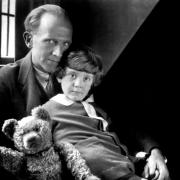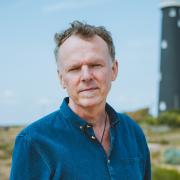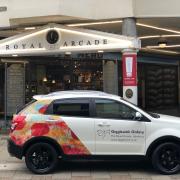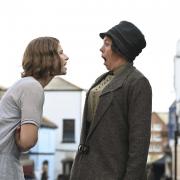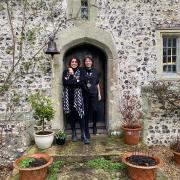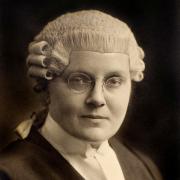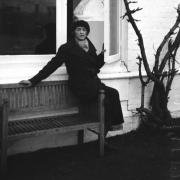As the general election approaches all eyes are on Westminster, and while this will affect us all, do you know what’s happening on a local level? And do you really understand how our councils work? Alice Cooke investigates…
How many of us can honestly say that we know the difference between the three levels of council in operation in Sussex? Those are the county council, the district and borough councils, and the parish, community and town councils, and this is how they work...
County
This is responsible for services across the whole of a county (in our case, one for West Sussex and one for East Sussex). These include:
• education
• transport
• planning
• fire and public safety
• social care
• libraries
• waste management
• trading standards
District and borough
These cover a smaller area than county councils. There are seven in West Sussex, for example. They are usually responsible for services such as:
• rubbish collection
• recycling
• council tax collections
• housing
• planning applications
Parish, community and town
These operate at a level below district and borough councils. They’re elected and can help on a number of local issues, such as providing:
• allotments
• public clocks
• bus shelters
• community centres
• play areas and play equipment
• grants to help local organisations
• consultation on neighbourhood planning
They also have the power to issue fixed penalty fines for things like:
• litter
• graffiti
• fly posting
• dog offences
How it works in Sussex
West Sussex County Council (WSCC) is the authority that governs the non-metropolitan county of West Sussex. The county contains seven district and borough councils (Adur, Arun, Chichester, Crawley, Horsham, Mid Sussex and Worthing), and 159 town, parish and neighbourhood councils.
West Sussex County Council has 71 councillors. There are 46 Conservative councillors, ten UK Independence Party, eight Liberal Democrats, six Labour Party councillors and one Independent councillor.
The ceremonial county of East Sussex, (which includes the unitary authority of Brighton & Hove) is divided into eight parliamentary constituencies, eight borough and county constituencies (Bexhill and Battle, Brighton Kemptown, Brighton Pavilion, Eastbourne, Hastings and Rye, Hove, Lewes, and Wealden).
East Sussex County Council (ESCC) governs the county of East Sussex and is based at County Hall, Lewes. West Sussex County Council is based at County Hall, Chichester.
A word from the front line
Bob Standley is the leader of Wealden Council. He has served as a district councillor for ten years and was also elected as a county councillor in 2013.
He has lived in East Sussex since 1996 but has always been aware of politics – it was a subject that was often discussed over the table when he was a child, which is what he believes nurtured his interest. Having been involved in local politics in his one-time home of Epsom, Bob’s interest was re-kindled when he met a Wealden Councillor in 2002. In 2003 Bob joined Wadhurst Parish Council and in 2004 he was elected on to Wealden District Council when the District Councillor for Wadhurst resigned. He was then elected to the County Council in 2013 serving the Wadhurst Division, which includes Frant, Mayfield, and Rotherfield as well as Wadhurst itself. “It may sometimes be a thankless task,” he says, “but it is one that is important as it provides the services that local residents need, and often this means those who are less able to look after themselves. I believe that local councillors perform an important role in the way our communities develop and prosper.”
National politics
On a national level, there are a total of 650 MPs. 16 of these represent Sussex constituencies. You can see a full list of Sussex MPs, results from the 2010 general election as well as the candidates for 2015 right here.




